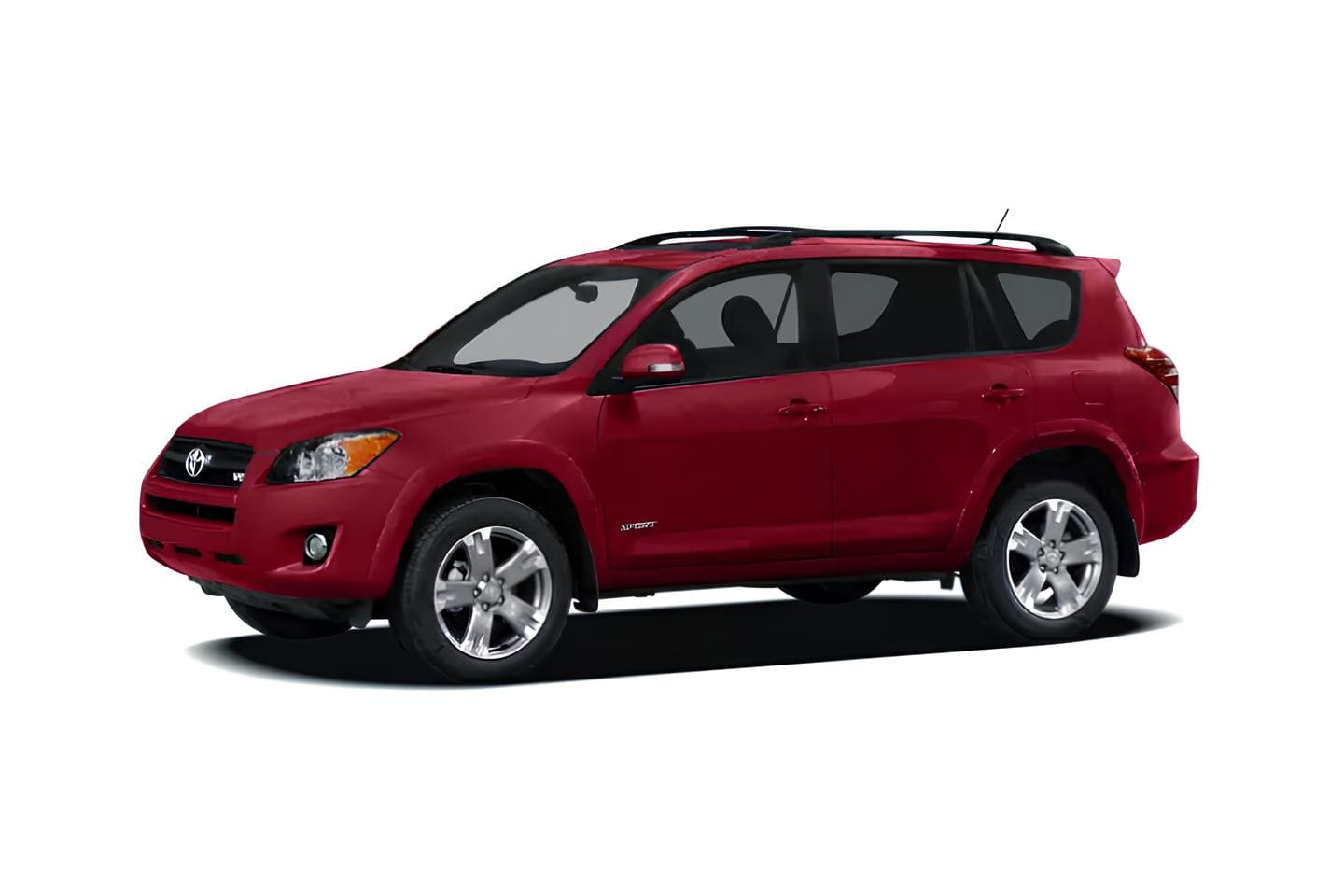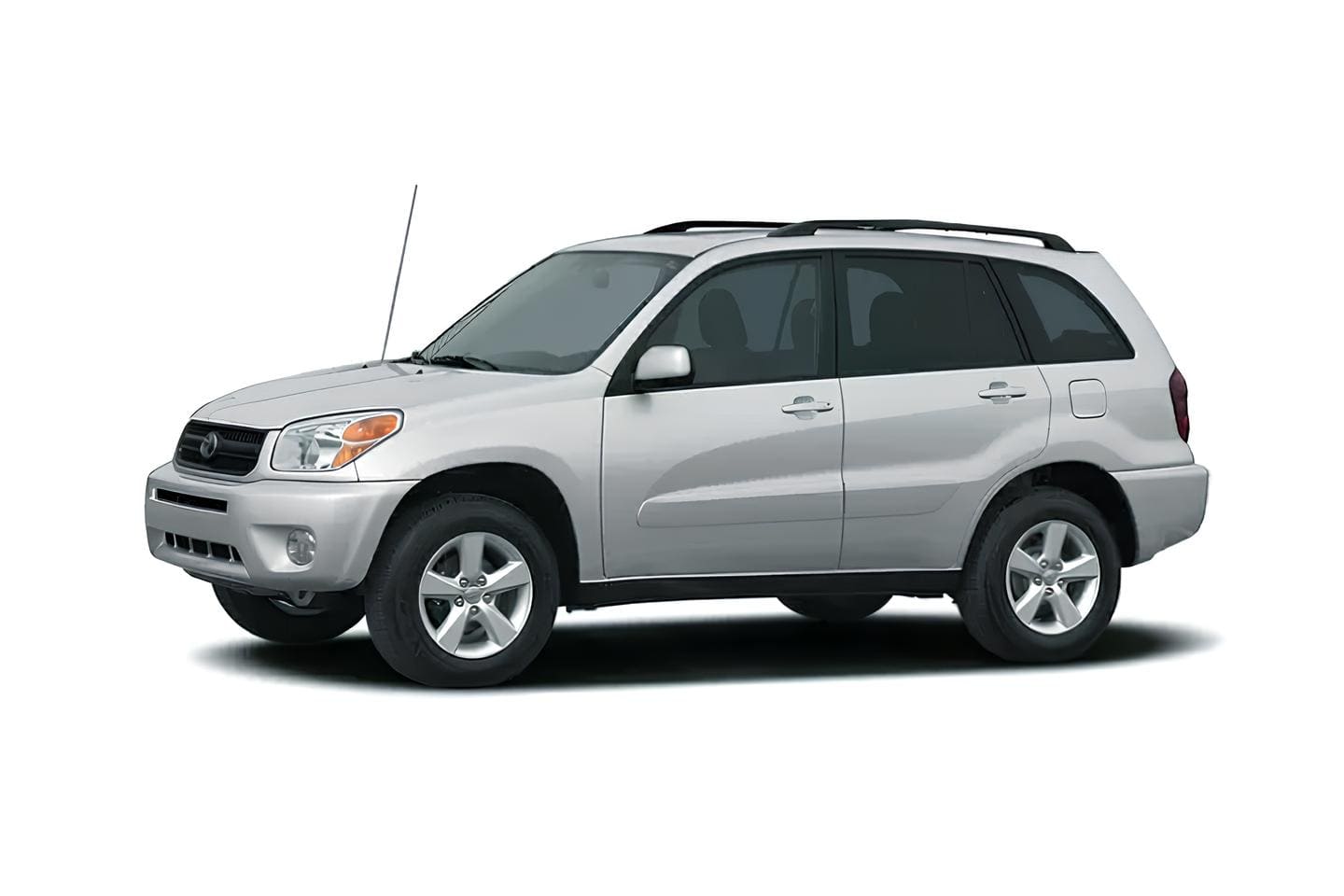Toyota RAV4 VIN Lookup
Get a Vehicle History Report of any Toyota. Learn more about accidents, mileage, previous owners, sales, title records, recalls, theft, and other records.

2019-2024
The fully redesigned 2019 RAV4 adopts a chunkier, more rugged exterior aesthetic on top of the new Toyota New Global Architecture (TNGA) platform. A 203 horsepower 2.5 liter 4-cylinder engine pairs with an 8-speed automatic transmission for a good balance of power and efficiency. Fuel economy reaches 27 mpg overall, or 37 mpg for the very frugal RAV4 Hybrid. Standard safety technology includes forward collision warning, automatic emergency braking, lane departure warning with steering assist, automatic high beams and full-speed adaptive cruise control. Ride quality errs on the stiff side but handling remains responsive. Cabin noise isolation could be better. Available all-wheel drive systems have selectable modes for varying terrain. Overall the current RAV4 strikes an appealing balance for most buyers.

2013-2018
The prior, fourth generation RAV4 saw big changes like a liftgate replacing the previous side-hinged rear door. Overall length shrank slightly and styling took on harder edges. The former optional V6 engine was dropped, leaving all trims with a 176 horsepower four-cylinder engine. Losing the V6 did help boost fuel efficiency. The rear seat unfortunately lost fore-aft sliding functionality and relocating the spare tire diminished some underfloor storage space. Optional hybrid and plug-in hybrid powertrains later joined the lineup, the standard hybrid version boosting fuel economy to 31 mpg overall. Advanced safety tech and connectivity options were added over this generation's life span as well.

2006-2012
As a compact SUV, this third generation RAV4 grew in most exterior dimensions to allow for an optional third row seat, increasing maximum passenger capacity to seven. A muscular 269 horsepower V6 joined the engine lineup while on-demand all-wheel drive replaced the former permanent 4WD system, giving drivers added versatility. Interior space remained generous, especially in the rear seats and cargo area. Options like a manual transmission and EV version brought niche appeal. Ride quality leaned more comfort over sporty but handling remained responsive enough for most buyers' needs. Overall this generation expanded the original RAV4 concept into a more well-rounded small SUV.

2001-2005
Toyota gave the second generation RAV4 slightly larger dimensions overall along with more angular, masculine styling compared to the cute ute original. New four cylinder engines increased horsepower over time to keep up with buyer expectations. Design cues like the rear mounted spare tire and right side swinging rear door carried over, for better or worse. Ride and handling made advances over the first generation model but powertrains still lacked grunt. At least interior space and cargo room were decent given its compact footprint.

1996-2000
As the original small recreational SUV, the first RAV4 uniquely blended car-like driving dynamics, available four wheel drive systems, a unibody chassis and four cylinder power. Two and four door models catered to different buyers. A later convertible variant added open air fun. Low production electric versions were sold in California to meet zero emissions requirements. Dated even by late '90s standards, the original RAV4 offered mediocre power, snug rear seat room, limited cargo space but still a comfortable ride and nimble handling for the time. Overall it kicked off the small crossover segment even as subsequent generations improved greatly upon the formula.










